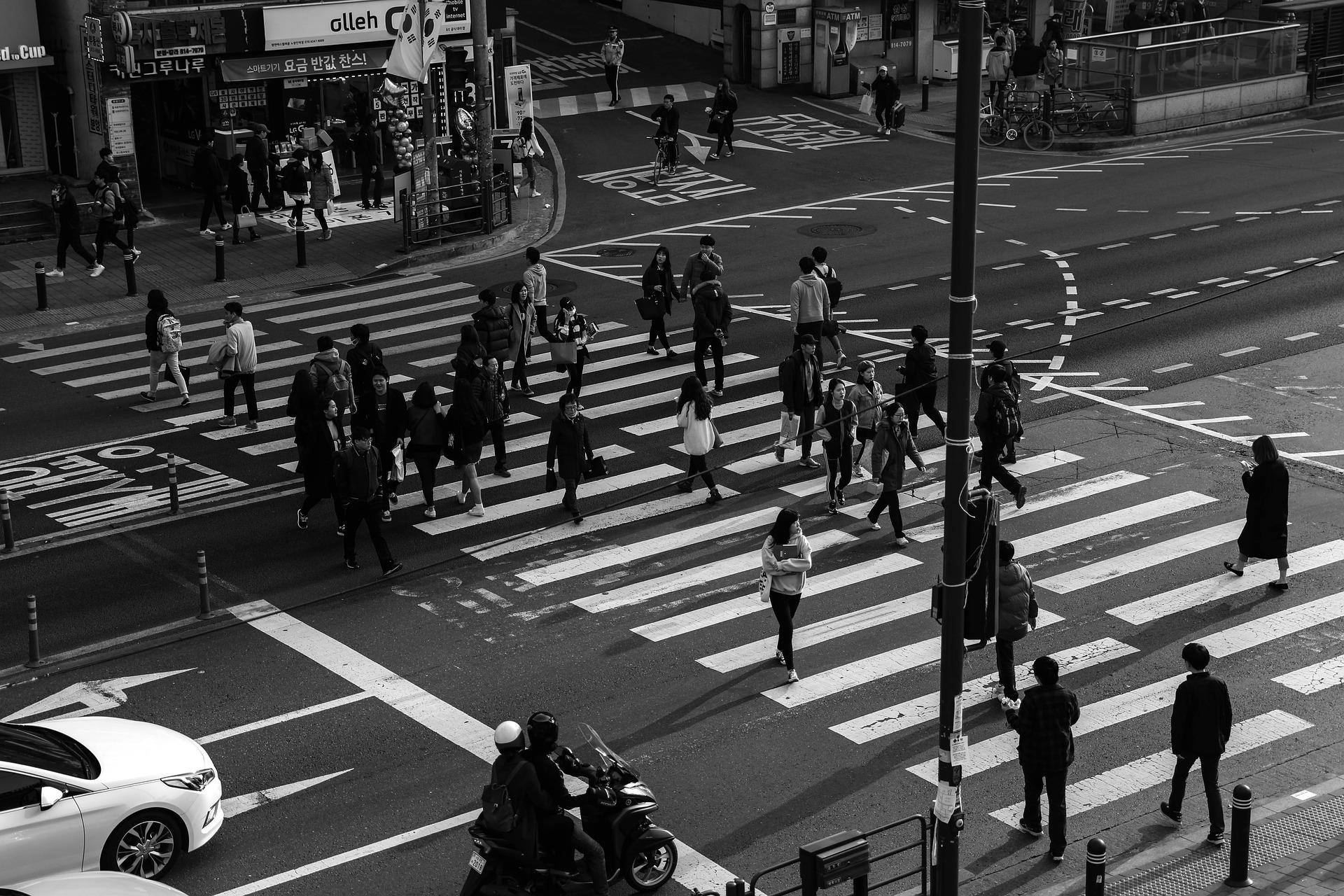
IESE Insight
From Margin to Center: Fostering Social Cohesion in Cities
Whether living in slums or skyscrapers, all city dwellers ought to be at the center of inclusive, urban policymaking. That is one conclusion of the 2017 book, Cities and Social Cohesion: Designing More Inclusive Urban Areas, which gathers best practices from smart cities around the globe to tackle the growing problem of inequality.
More than ever before, people with different backgrounds, cultures and religions are living side by side in large cities. As cities transform, how can they capitalize on demographic change? How can they keep some groups from falling through the cracks? Boosting social cohesion is a vital part of the equation.
Written by professors Pascual Berrone and Joan Enric Ricart and researcher Ana Isabel Duch T-Figueras, Cities and Social Cohesion (book 4 of the "IESE Cities in Motion: International Urban Best Practices" series) sheds light on how city leaders can increase social cohesion in urban areas amid mounting challenges.
The book first reviews current trends and salient challenges threatening social cohesion in cities. Next, it highlights a range of initiatives that cities have launched to reduce urban inequality and increase social inclusion.
Spotlight on Growing Inequalities
While the overall percentage of the world's population living in extreme poverty dropped to under 10 percent in 2015, rapid urbanization has ushered in higher levels of income inequality within large cities around the globe. In fact, the gap between the urban rich and poor has never been so wide. Today, 75 percent of cities have higher levels of income inequality than they did 20 years ago. While the greatest inequalities can be found in emerging economies' urban areas, the income gap is now widening in OECD-members' cities.
Spatial segregation also poses high risks. Minority groups often cluster into low-income neighborhoods, according to ethnicity, religion or race. However, the distribution of groups is also tightly linked to the availability of housing, public spaces, education, healthcare and transportation.
Many urban areas are splitting into wealthy and deprived zones. In Buenos Aires, Sao Paulo and Mexico City, gated communities have become "voluntary ghettos," where wealthy families look to escape the insecurity and violence of urban areas. Consider the exclusive, gated community of Nordelta in Buenos Aires, which has five schools, a hospital, restaurants, a shopping mall, a hotel and a lake for sailing, all under lock and key.
At the same time, slums or informal settlements are proliferating. Today, about a quarter of the world's urban population could be called slum dwellers, and their numbers are expected to grow as the overall urban population expands.
Healthcare is also a growing issue. Disparities in access to services among different groups are intensifying in large cities, where children, women, minority groups and people living in informal settlements may be excluded from access to adequate healthcare facilities.
Pulling the Five Levers
By focusing on increasing social cohesion, city leaders can avert problems that come with rapid demographic change. With this in mind, the authors apply their model for smart urban management, which is rooted in five levers of change:
1. Infrastructure and urban planning. Cities can strengthen social inclusion and cohesion by increasing access to certain areas of the city, services, public spaces and affordable housing. The city of Vienna, for instance, applies a concept called "gender mainstreaming" in urban planning. City planners discovered that women more frequently used public transportation and went more places on foot than men, so they made design changes accordingly. Improvements included upgrading street lighting and widening sidewalks for safer, more comfortable urban strolls.
2. Policies, legislation and regulation. Addressing inequalities through new legislation requires a combination of political will, effective institutions and well-targeted social policies. Leipzig, Germany, for instance, launched the "Arriving in Leipzig, Mentors for Refugees" project, which matches volunteers with refugees. The city has designed and implemented comprehensive programs for asylum seekers that provide housing, healthcare, language courses and other benefits.
3. Change in people's behavior and preferences. The ability for city leaders to increase people's sense of belonging and integration in a city can directly impact social cohesion and increase levels of trust and participation. In Yokohama, Japan, city leaders sought to increase the participation of the aging population, while also reducing C02 emissions and improving people's health. It created The Yokohama Walking Point Program, which encourages senior citizens to walk, instead of taking their cars, through a system of rewards.
4. New applied technologies and innovations. Technology can help break down barriers to integration and trigger greater inclusivity. An example is Virtual Warsaw, a project launched by the city government to help visually impaired people navigate public transportation, as well as locate public buildings, more easily. To carry out the project, the city launched an app and installed thousands of beacons that communicate directly with smartphones.
5. New business models. Integrating the previous four elements makes way for new ways of doing business. For example, a platform to avoid wasting surplus food was launched in North London in 2015. As of March 2017, this app, called OLIO, was operable in more than 40 countries — connecting neighbors, local shops, cafés and markets to facilitate food donations for those in need within a geographical area.
Fostering social inclusion in large cities is a complex task. Yet it can be done. The first step, say the authors, is to put citizens at the center of all policymaking. By working closely with stakeholders, leaders can leverage diversity as a source of socio-economic development, instead of treating it like a problem.
